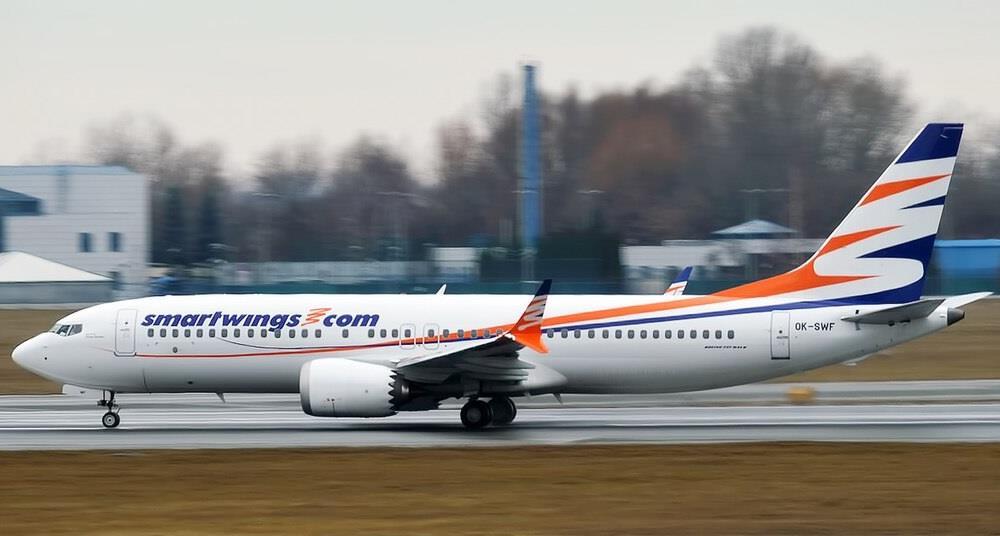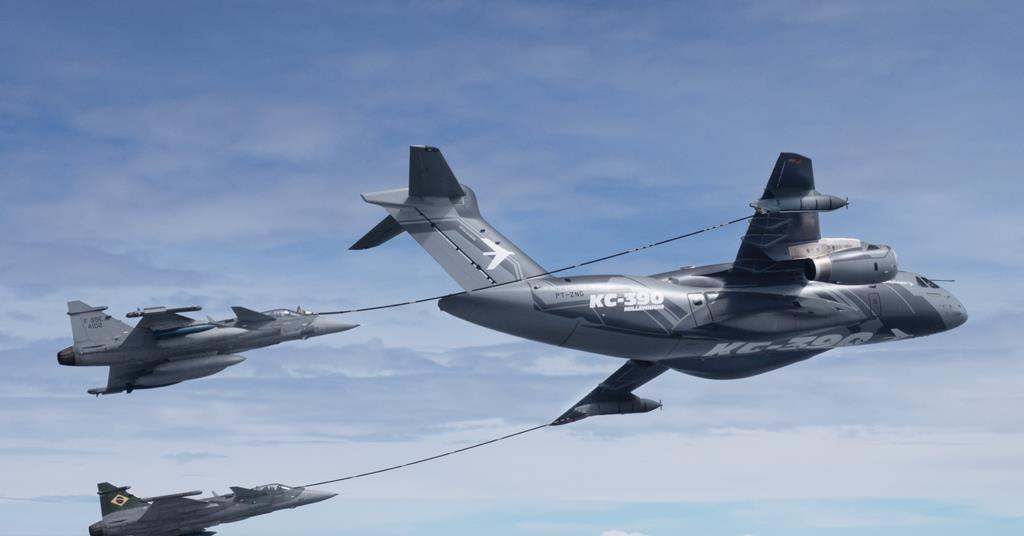Ukraine strikes Russian bombers in clandestine drone attack | News
Company
Legal Links
Contact
- +44 7947 753363
- contact@skylineairporttransfers.co.uk
- 6 Walsall Street Bilston Wolverhampton WV14 0AT
Recent Posts
© Skyline Airport Transfers. Created by![]() Beaphoenix WebDesign ltd
Beaphoenix WebDesign ltd
Popular Locations:
Birmingham: Aston, Bournville, Edgbaston, Erdington, Great Barr, Hall Green, Handsworth, Harborne, Northfield, Quinton, Soho, Sutton Coldfield, Amblecote, Brierley Hill, Coseley, Cradley, Gornal, Halesowen, Kingswinford, Lye, Netherton, Sedgley, Stourbridge, Quarry Bank, Bearwood, Blackheath, Cradley Heath, Great Bridge, Old Hill, Rowley Regis, Smethwick, Tipton, Tividale, Wednesbury, West Bromwich, Balsall Common, Bickenhill, Castle Bromwich, Chelmsley Wood, Dorridge, Elmdon, Hampton in Arden, Kingshurst, Knowle, Marston Green, Meriden, Monkspath, Hockley Heath, Shirley, Aldridge, Birchills, Bloxwich, Brownhills, Darlaston, Leamore, Palfrey, Pelsall, Pheasey, Shelfield, Streetly, Willenhall, Bilston, Blakenhall, Bushbury, Compton, Ettingshall, Heath Town, Oxley, Penn, Tettenhall, Wednesfield, Burntwood, Lichfield, Cannock, Rugeley, KIDDERMINSTER, Brierly Hill,
STOURPORT-ON-SEVERN
Coventry: Allesley, Binley, Keresley, Stoke, Tile Hill
Leicester: Abbey Rise, Ashton Green, Aylestone, Beaumont Leys, Bede Island, Belgrave, Blackfriars, Braunstone, Braunstone Frith, Bradgate Heights, Clarendon Park, Crown Hills, Dane Hills, Evington, Evington Valley, Eyres Monsell, Frog Island, Goodwood, Hamilton, Highfields, Horston Hill, Humberstone, Humberstone Garden, Kirby Frith, Knighton, Mowmacre Hill, Netherhall, Newfoundpool, New Parks, North Evington, Northfields, Rowlatts Hill, Rowley Fields, Rushey Mead, Saffron, Southfields, South Knighton, Spinney Hills, Stocking Farm, Stoneygate, St. Matthew’s, St. Mark’s, St. Peters, Thurnby Lodge, West End, West Knighton, Western Park, Woodgate
Derby: Matlock, Ripley, Ashbourne, ILKESTON, SWADLINCOTE , BURTON-ON-TRENT, BAKEWELL,
ALFRETON, BELPER, HEANOR
Telford: Market Drayton, Newport, Shifnal, Broseley, Much Wenlock
Stoke: Stoke-on-Trent, Newcastle, Leek, Uttoxeter, Stone, Stafford
Worcester: Worcester, Droitwich, Pershore, Broadway, Evesham, Malvern, Tenbury Wells
Gloucester: Gloucester, Cheltenham, Stroud, Cirencester, Tewkesbury, Badminton, Berkeley, Blakeney, Chipping Campden, Cinderford, Coleford, Drybrook, Dursley, Dymock, Fairford, Lechlade, Longhope, LydbrookLydney, Mitcheldean, Moreton-in-Marsh, Newent, Newnham, Ruardean, Stonehouse, Tetbury, Westbury-on-Severn, Wotton-under-Edge.
Nottingham: Nottingham, Sutton-in-Ashfield, Mansfield, Newark, Southwell, Grantham, Sleaford
Leicester: Leicester, Hinckley, Loughborough, Melton Mowbray, Oakham Market, Harborough, Lutterworth, Wigston, Ashby-de-la-Zouch, Ibstock, Markfield
Oxford: Oxford, Kidlington, Chipping Norton, Thame, Wallingford, Didcot, Wantage, Abingdon, Banbury, Carterton, Woodstock, Bicester, Witney, Chinnor, Watlington
Chester: Chester, Deeside, Bagillt, Buckley, Holywell, Birkenhead, Preston, Wallasey, Wirral, Neston, Ellesmere Port, Prenton
Airports we serve:
BHX: Birmingham Airport
EMA: East Midlands Airport
LHR: London Heathrow Airport
MAN: Manchester Airport
LGW: London Gatwick Airport
LTN: London Luton Airport
SOU: Southampton Airport
BRS: Bristol Airport
LPL: Liverpool John Lennon Airport
LCY: London City Airport
STN: London Stansted Airport



Ukraine claims to have damaged or destroyed dozens of Russian strategic bombers in a brazen and unconventional clandestine raid.
The operation, which Kyiv confirmed on 1 June, involved smuggling more than a hundred armed quadcopter drones deep inside Russia. The small remotely piloted aircraft were then used to strike Russian air force assets parked in a neat row on the ground, including what appear to be nuclear-capable Tupolev Tu-95 bombers.
Video circulating on social media shows the first-person point of view vantage point from one of the strike drones. The UAV flies over a line of parked Tu-95s, at least four of which can be seen smoking or ablaze.
One of the aircraft explodes from the impact of another quadcopter weapon right as the recording drone passes overhead.
Ukrainian President Volodymyr Zelensky confirmed the strike on 1 June, calling it a “brilliant operation” carried out on “enemy territory” with “significant” Russian losses.
“The preparation took over a year and a half. Planning, organisation, every detail was perfectly executed,” Zelensky said on the social media site X. “It can be said with confidence that this was an absolutely unique operation.”
Unverified footage shows quadcopters launching from truck-mounted shipping containers located near the target airfields. A photo released by the Ukrainian Security Service shows rows of quadcopters housed in what appears to be a hidden compartment at the top of such a container.
The Ukrainian president claims that 117 quadcopter drones were used, each with its own remote pilot. Zelensky claims the raid struck multiple Russian air bases, damaging or destroying “34% of the strategic cruise missile carriers”.
Moscow has made heavy use of air-launched long-range cruise missiles over the course of the three-year war in Ukraine, often firing the deadly weapons into densely populated urban areas.
Russia has a number of platforms cable of launching cruise missiles, including 47 Tu-95 turboprop bombers at the start of 2025, according to data from aviation analytics company Cirium. The inventory also includes 15 newer Tu-160 jet bombers and 57 Tu-22M naval strike bombers.
That represents a total bomber force of 119 aircraft. If Ukraine’s claim of hitting 34% is to believed, it would mean the drone strike successfully targeted 40 Russian bombers – a seismic degradation to Moscow’s strategic air capability.
Long-range bombers are a critical leg of the so-called “nuclear triad” for delivering atomic bombs deep into enemy territory, with the others being ground- and submarine-launched intercontinental ballistic missiles.
Zelensky affirmed those numbers, saying the strike mission has deprived the Russians of “over 40 units of strategic aviation”.
Another video from a higher vantage point shows a four-engined high-wing jet ablaze next to a line of Tupolev bombers. The thick smoke makes identification difficult, but the aircraft resembles an Ilyushin Il-76 transport.
Russia’s numerically scarce and critically important Beriev A-50 airborne early warning and control aircraft are also based on the Il-76 airframe. At least two A-50s are known to have been lost to hostile action since Moscow invaded Ukraine. Only 12 examples were listed in the Russian air force inventory at the start of 2025, Cirium data suggests.
Notably, the Ukrainian commander-in-chief says preparations for the attack were carried out with boots on the ground in Russia, seeming to imply the assistance of Russian collaborators or partisans operating against the regime of Russian dictator Vladimir Putin.
“The people who assisted us were withdrawn from Russian territory before the operation, they are now safe,” Zelensky says.
Without providing specifics, Kyiv says the air bases targeted were spread across three different time zones within Russia.
Source link
Share This:
admin
Plan the perfect NYC Memorial Day weekend
Pack only what you need and avoid overpacking to streamline the check-in and security screening…
LA’s worst traffic areas and how to avoid them
Consider using alternative routes, such as Sepulveda Boulevard, which runs parallel to the 405 in…
Crew of 737 flew at low height to correct approach after pressure-setting error
Czech investigators have disclosed that a Boeing 737 crew levelled the aircraft at a low…
Embraer’s KC-390 completes tanker certification trials with Brazilian Saab Gripen E fighters
The Brazilian air force (FAB), Embraer and Saab have completed a certification flight-test campaign to…
Stood down: which types departed national fleets during our World Air Forces review?
We detail some of the most notable national fleet retirements recorded in the 12 months…
UK regional Blue Islands suspends operations weeks after Eastern Airways
Another UK regional operator, Blue Islands, has suspended operations barely two weeks after the demise…
SJ-100’s domestic engines tested for resilience to water ingestion
United Aircraft has carried out water-ingestion tests on its initial import-substituted Yakovlev SJ-100, equipped with…
Wizz A321XLR’s descent rate increased just before hard landing and tail-strike
Czech investigators have disclosed that a Wizz Air UK Airbus A321XLR’s descent rate increased by…
Aviation’s environmental action slow to take off, despite ‘unprecedented unity’
Such is the fundamental importance of aviation tackling its emissions that it has become commonplace…
Could Saab Gripen E buy give Ukraine ‘Wings for victory’?
When Ukrainian President Volodymyr Zelensky implored Western allies to equip Kyiv with advanced fighter aircraft…
Russia’s fifth-generation Sukhoi Su-57 fighter will take part in flying display at Dubai air show
Russia’s fifth-generation Sukhoi Su-57 fighter will make its debut Dubai air show appearance next week,…
Germany receives first Boeing P-8A Poseidon anti-submarine aircraft to replace aging P-3C fleet
Germany’s first Boeing P-8A Poseidon anti-submarine warfare aircraft has arrived at its permanent home. The…